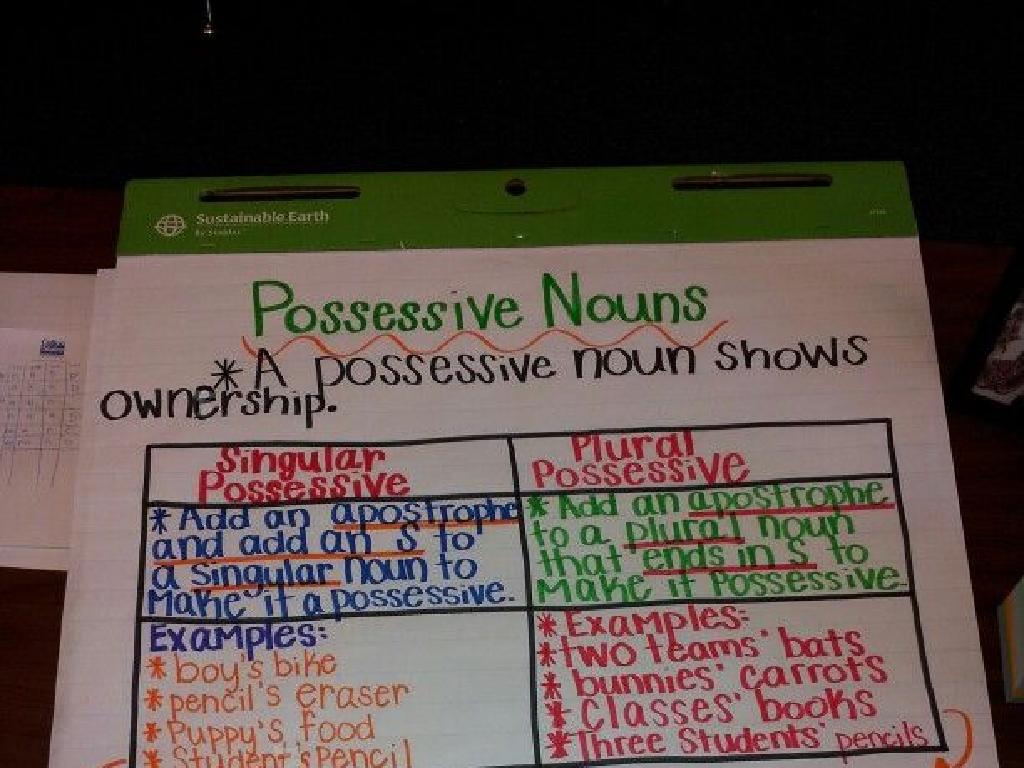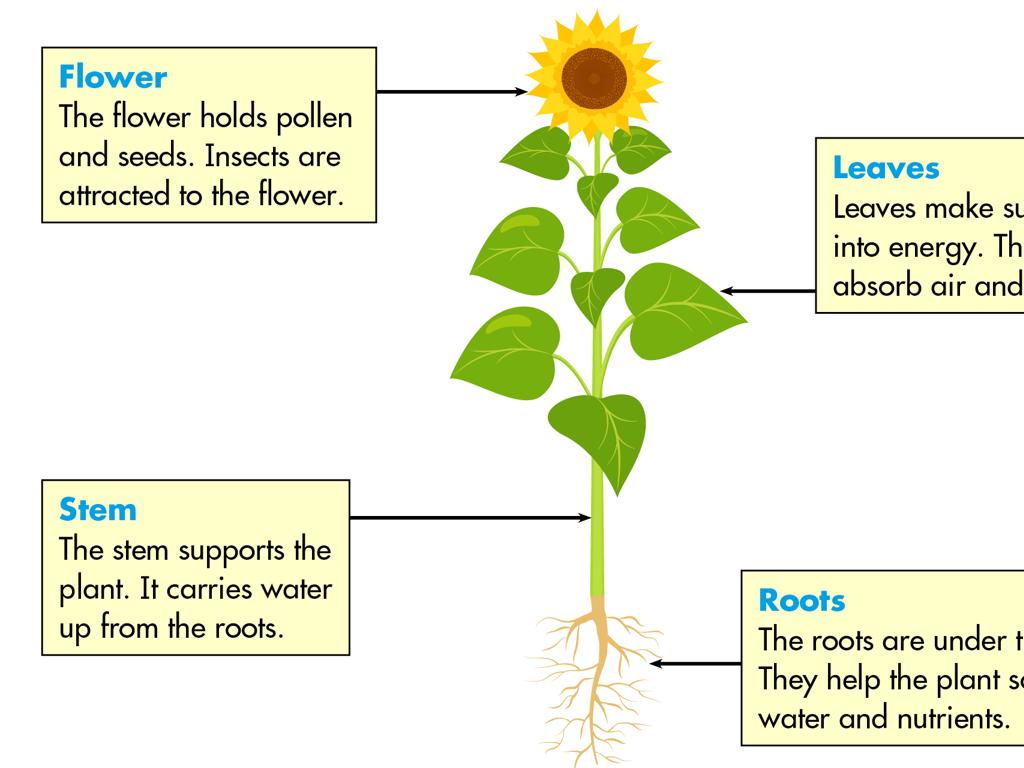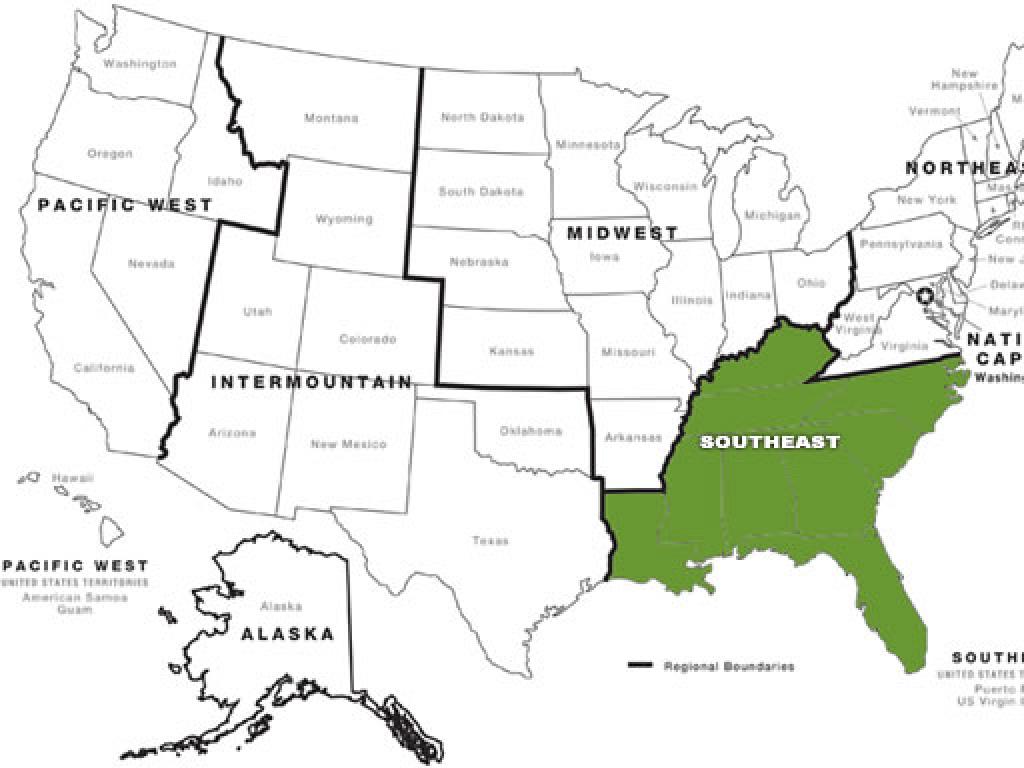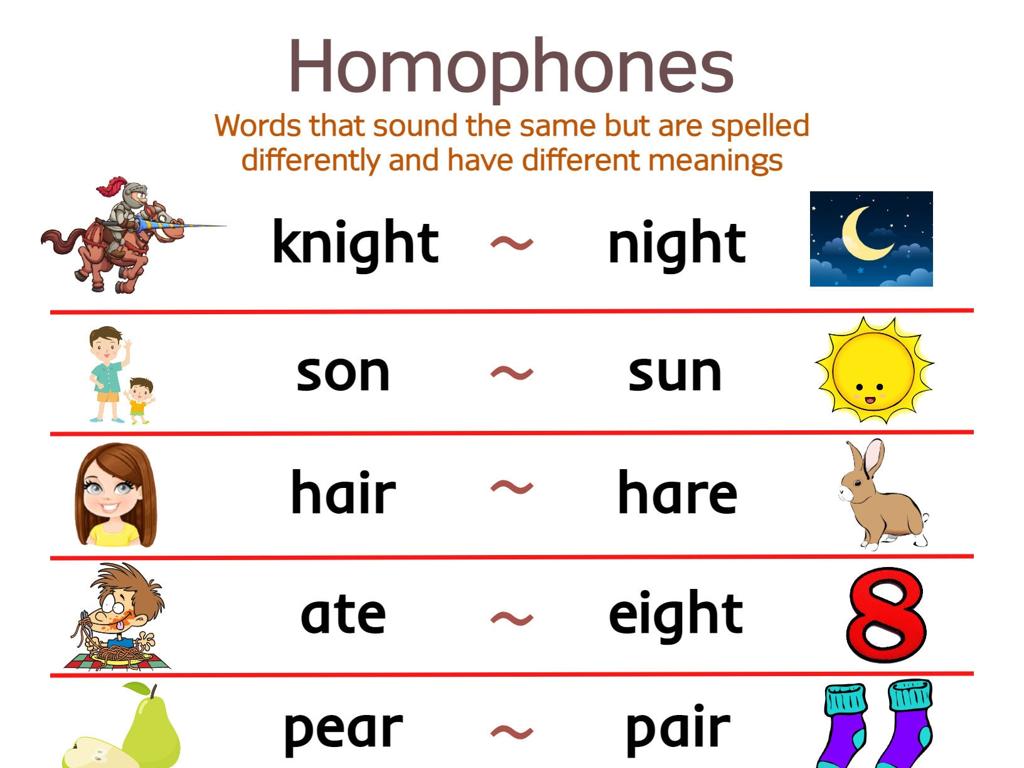Analogies
Subject: Language arts
Grade: Fifth grade
Topic: Analogies
Please LOG IN to download the presentation. Access is available to registered users only.
View More Content
Introduction to Analogies
– What are analogies?
– Analogies compare two things that are alike in some way.
– Importance of analogies
– They help us understand new ideas by relating them to known things.
– Examples of everyday analogies
– ‘Busy as a bee’ or ‘Light as a feather’.
|
This slide introduces the concept of analogies to fifth-grade students, explaining that an analogy is a comparison between two things that are similar in some way, often used to help explain something or make it easier to understand. Emphasize the importance of analogies in everyday language and learning, as they allow us to draw connections and understand new concepts by relating them to familiar experiences. Provide examples of simple analogies that the students might encounter in their daily lives, such as common sayings or descriptive phrases, and encourage them to think of their own. The goal is to make students comfortable with the idea of using analogies to enhance their language and comprehension skills.
Exploring Types of Analogies
– Synonym Analogies
– Words with similar meanings, e.g., happy is to joyful
– Antonym Analogies
– Words with opposite meanings, e.g., up is to down
– Part to Whole Analogies
– A piece of something larger, e.g., wheel is to car
|
This slide introduces students to the concept of analogies and the different types they might encounter. Analogies are comparisons that show relationships between words. Synonym analogies compare words that mean the same thing. Antonym analogies compare words that have opposite meanings. Part to whole analogies show the relationship between a component and the larger item it is a part of. Encourage students to think of their own examples for each type of analogy. This will help them understand the relationships between words and how to use analogies to improve their vocabulary and comprehension skills.
Solving Analogies: Finding Relationships
– Understand the first word pair
– Look at how the first two words are connected.
– Match relationship to second pair
– Use the same connection for the next pair.
– Practice with a clear example
– Let’s try: ‘Bird is to Fly’ means birds fly. What do fish do?
– Bird is to Fly as Fish is to ?
– Think about what action a fish does that’s like flying for a bird.
|
This slide introduces the concept of solving analogies by understanding relationships between word pairs. Start by examining the first pair of words to determine their relationship. Is it function, characteristic, or degree of intensity? Once the relationship is identified, apply the same logic to find the corresponding word for the second pair. Use the example ‘Bird is to Fly as Fish is to Swim’ to illustrate how to complete an analogy. Encourage students to practice with different types of relationships and to create their own analogies as a class activity.
Practice Time: Crafting Analogies
– Let’s practice analogy examples
– Class activity: make your own analogies
– Think of two pairs of related things
– Share your analogies with the class
– Present your analogy to classmates
– Understand analogies through practice
– Practice helps grasp analogy concepts
|
This slide is designed to engage students in an interactive class activity where they will create their own analogies. Start by going through a few examples together to ensure that students understand the concept. Then, instruct them to think of two pairs of related items or concepts and form their own analogies. Encourage creativity and provide guidance as needed. Once they have created their analogies, have them share with the class to foster a collaborative learning environment. This activity will help solidify their understanding of analogies by applying the concept directly. Provide feedback and celebrate their efforts to build confidence.
Class Activity: Analogy Challenge
– Pair up and create 5 analogies
– Share your analogies with the class
– Class votes on the best ones
– Think: Are they both creative and accurate?
– Reflect on the activity
– Discuss what made some analogies stand out
|
This activity is designed to engage students in understanding and creating analogies, which are comparisons between two things that are alike in some way. By working in pairs, students can collaborate and think creatively. Encourage them to use their knowledge from the lesson to form accurate analogies. After sharing, the class will vote, which adds a fun competitive element. This also provides an opportunity for students to analyze why some analogies work better than others. As a teacher, facilitate the discussion and ensure that each pair gets constructive feedback. Possible activities could include creating analogies based on characters from a book they are reading, analogies with vocabulary words, or analogies from their science or social studies lessons.
Review and Reflection: The Power of Analogies
– Purpose of analogies in language
– Analogies compare two things, highlighting similarities.
– Enhancing writing with analogies
– Analogies add creativity and clarity to our stories and essays.
– Strengthening speaking using analogies
– They make our speeches engaging and easier to understand.
– Recap today’s lesson & look ahead
|
Analogies are a powerful tool in language arts, serving to illuminate and connect concepts for clearer communication. They are particularly useful in writing, where they can add depth and creativity to text, making ideas more relatable and memorable for the reader. In speaking, analogies can be employed to engage the audience and clarify complex ideas. As we review today’s lesson, we’ll reflect on the analogies we’ve explored and discuss how they can be applied in real-world contexts. Looking forward, we’ll preview how our next class will build upon these foundations, delving deeper into the use of analogies in literature and daily communication.






